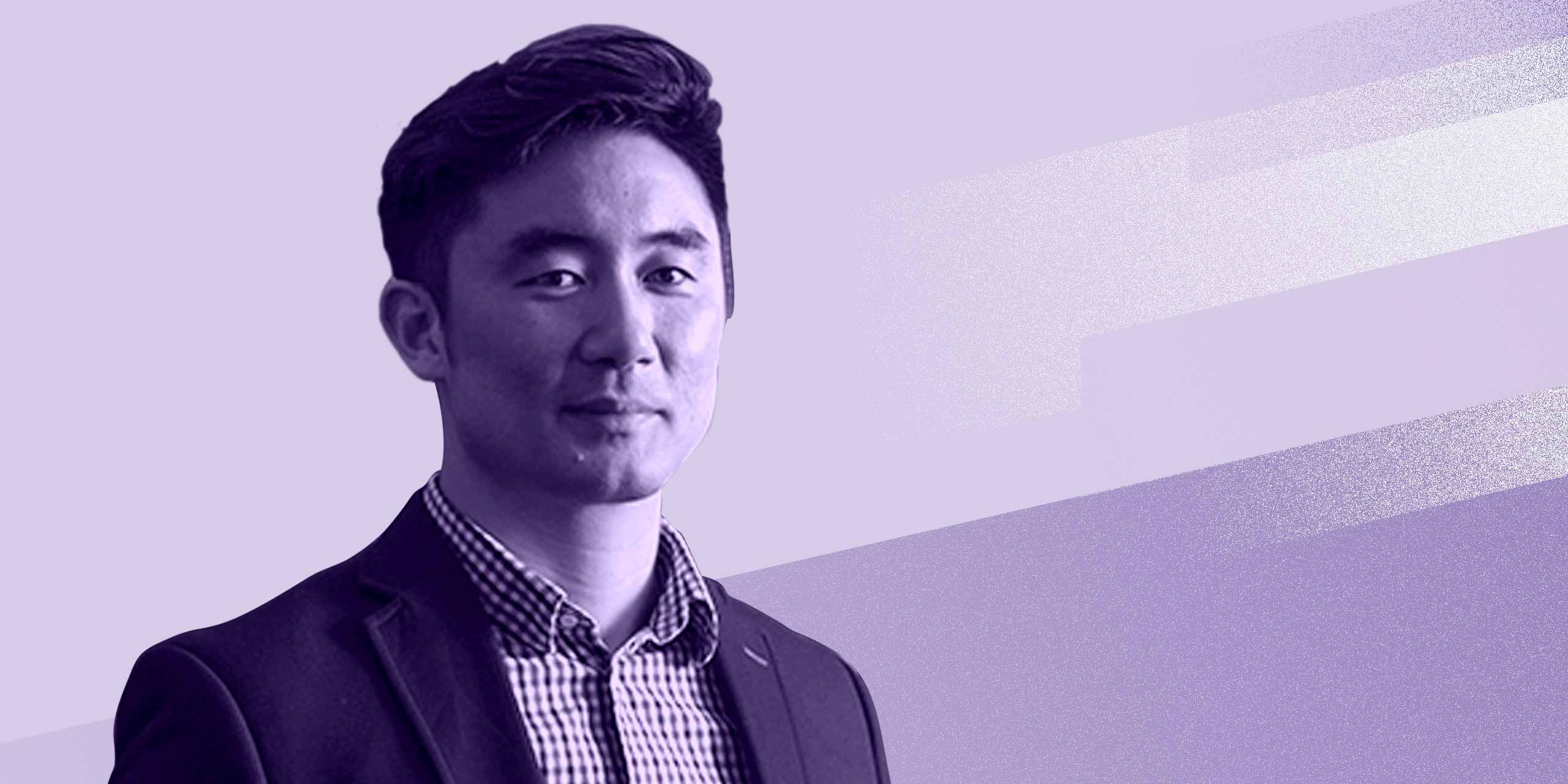Top Hat is the active learning platform that makes it easy for professors to engage students and build comprehension before, during and after class. This interview is part of our recurring series “Academic Admissions” where we ask interesting people to tell us about the transformative role education has played in their lives.
Born and raised in a mostly-Caucasian northern California town, University of Toronto associate sociology professor and ethnographer Jooyoung Lee spent his early life feeling like an outsider—a viewpoint that would later inform his academic interests. While attending Berkeley for swimming, he became enamoured with and entrenched in hip-hop culture, and began DJing and dancing in the Bay Area. That exposure—along with some timely nudges from prominent teachers—ultimately influenced his field of study, looking at the intersection of history, culture and marginalization. Here, he discusses the way that hip hop shields young men from gang life, the effects that racialized violence can have on surviving victims, and how trauma experienced by minority communities is often ignored and forgotten.
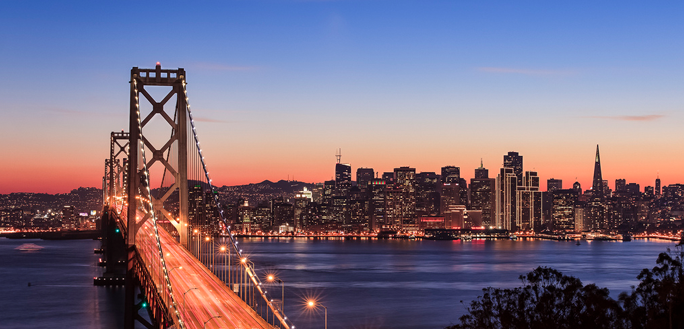
The Bay Area, California
I was born in 1980 in a small, hippie-town-meets-lumber-town in northern California called Eureka. My family immigrated there in the late 1970s from South Korea. The housing market was inexpensive, and there was a huge demand for people to fill manual labor positions in the fisheries and the lumber yards, so that’s how we ended up there.
I didn’t grow up around anyone else who was Asian other than my family members, and there were few people of color in the town. From the beginning, I was an outsider. And that theme cuts through multiple parts of my life, including my academic career.
When I was in middle school, we moved to Cathedral City, which is a small town next to Palm Springs. It’s working-class, and predominantly Mexican; something like 70 to 75 percent of the kids in my school were children of Mexican immigrants. I was an outsider there, too.
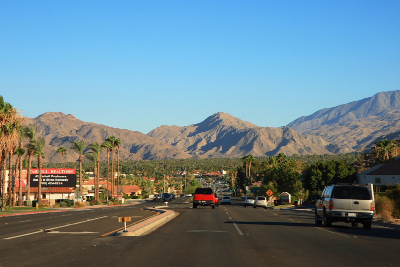
Cathedral City, California
Early realizations
In the early 90s, I started to become interested in gangster rap. It was popular at school and among my friends and I also had family who had moved to Koreatown in Los Angeles, and they lived there during the LA riots, which Ice Cube and other gangster rappers were commenting on. I think people forget how much damage was caused by those riots. I mean, it was catastrophic. There were entire blocks that looked like they had been razed by firebombs. There were curfews in place. There were Korean store owners on the tops of roofs with firearms, firing into crowds of people who were looting. I mean, it was crazy.
So at a young age, I was acutely aware of racial inequality. That feeling amplified when I went to high school in Jacksonville, Florida. I was a competitive swimmer, so I attended a prep school that had a great swim program. Jacksonville is in the northeastern part of Florida—it’s basically southern Georgia. And it has extraordinarily stark levels of racial segregation, at the neighborhood level, at the institutional level, even in schools.
My best friend in high school was African American. He was an incredibly intelligent guy. Yet when people asked him, “Where are you going for college?” and he told them he got into Harvard, they would look at him with surprise. I always thought, wow, that’s so messed up.
Berkeley b-boy
After high school, I went to Berkeley for swimming. I wanted to be back in California—I missed home. And finally I was in a place where there were lots of people like me. Asian Americans, children of immigrants. I studied political science, and volunteered at a legal clinic for homeless people because I thought I wanted to go to law school…but really I was focused on sports and swimming.
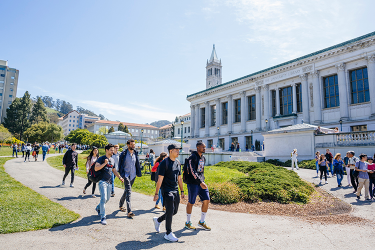
University of California, Berkeley campus
By senior year, I was burnt out. I quit swimming and had the moment that I think a lot of students have, where the end of university is on the horizon and they still don’t know what they want to do. I panicked. And I suddenly got invested in my courses. I was lucky enough to take classes with Ronald Takaki, who was a pioneer in Asian-American and ethnic studies at Berkeley. It was the first time I had ever had been taught by a person who looked like me. He was an older, Japanese-American guy who grew up in Hawaii and still had a surfer haircut. He was so earnest and humble. I saw myself in him—growing up he didn’t care too much about school, but through different experiences, he also became intrigued about the world, and that inspired him to pursue academics. His courses were all about changing the canon, and using the voices of marginalized people whose accounts aren’t included in the official transcripts of history. I thought that was such a neat idea.
Darren Zook was another Berkeley lecturer who had a profound impact on me. He was a political science prof, and I took classes with him on human rights, genocide…honestly, it didn’t matter what he taught. I would sign up for his courses because he was an extraordinarily passionate lecturer. There was standing room only in his classes, students crowding into the doorway just to hear what he was saying.
He was my mentor on my first attempt at a study. My interest in hip-hop culture had grown after I stopped swimming, and I had been DJing with my roommate at different venues in Berkeley. We were both dancers as well, part of a crew from Oakland and Berkeley comprising b-boys and b-girls, break dancers, poppers and lockers and freestyle house dancers. And Professor Zook said, you know, you can write about the stuff that you’re doing and experiencing with these guys and girls that you dance with. I was like, are you serious?
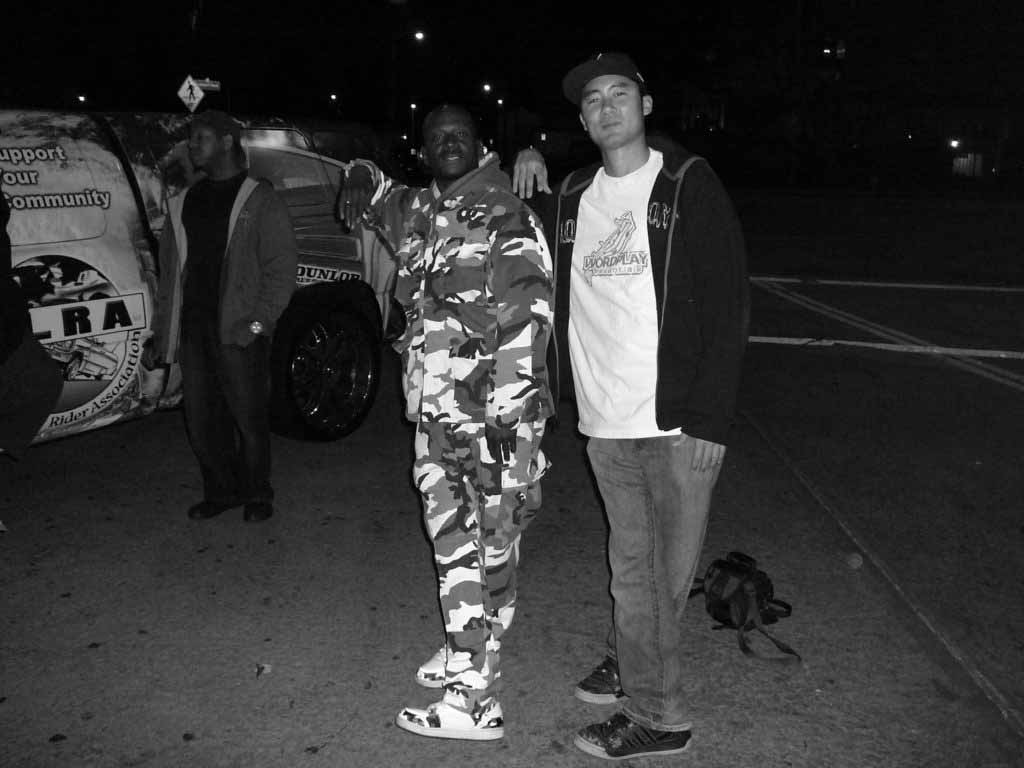
Jooyoung Lee and his popping mentor, Tick-a-Lott
I assumed hip-hop wouldn’t have a place in academics. Zook wasn’t a hip-hop fan, but he showed me that I could take a world that I was passionate about on a personal level and meld it with my academic interest in history, culture and marginalization. And so I did an undergraduate honors thesis where I wrote about the people whom I was spending time with, and the historical significance of creating music and an art form that critiques the dominant discourse and notions of history.
After that, I knew law school wasn’t going to happen. I’d learned that what I loved doing was called ethnography—hanging out with people, and then writing about their experiences. I headed to grad school at UCLA, and soon after bumped into a friend of mine who I used to tutor with in Berkeley (we worked for a program at a Berkeley high school for students whose family members didn’t attend a university, to help them transition into university life). This friend was an MC and he knew that I was a dancer, and he told me to check out Project Blowed. It was a historical underground hip-hop open-mic in the heart of the Crenshaw and Leimert area of South Central (Los Angeles). Since the mid-90s, it was the place where all of the talented MCs would go to freestyle and battle, where dancers would practice, and producers would test out their beats. I went there, and it happened to coincide with one of my first assignments for grad school: to find a field site to write about. I knew right away I’d found my subject.
Tragedy too close to home
The guys I spent so much time with at Project Blowed became the focus of my first book, Blowin’ Up, which is about how hip-hop shields young men from the pressures of gang life. For these guys, becoming a Crip or a Blood is an inescapable rite of passage into manhood. But hip-hop was an acceptable way out. Gangsters would give them a pass and tell other gang members to leave them alone, to let them pursue their music.
In the middle of that project, the main character of my book, a guy who goes by the name of Flawless, was shot. And, no exaggeration, it rocked me to the center of my existence. It was 2005, and an email was circulating that was supposedly written by members of the Mexican mafia. It said there was a green light to shoot all African American men wearing a white t-shirt on Cinco de Mayo. It became this viral thing, and administrators were allowing students to stay home from school, people didn’t go to work that day—there was legitimate fear of an ethnic cleansing, a targeted attack on black men. Ultimately, nothing like that went down, but there were individual events during that period of time that stoked a growing paranoia. Flawless, a talented battle rapper who I had become close to, was shot by a young man who made it known that he was targeting him because he was black. Looking back, it’s a trip to think about all the racial beef and paranoia at the time, because Project Blowed was also a space that brought young people together from different races, ethnicities and neighborhoods. It was a safe space within a larger context where there was ongoing racialized tension.
The incident with Flawless changed the tenor of my work and my ideas. It shifted my focus, because I realized that, although hip-hop is the space that shields young men from the pressures of joining gangs, these young men were still living in neighborhoods where they were targets by virtue of their racial identity. Flawless wasn’t a gang member, but he had been shot as if he was.
He survived. But I saw how much he struggled. How much he continues to struggle. He came out of the hospital with a colostomy bag and a severe case of PTSD. He had nightmares, he was scared to go outside. His experience, his terrible resulting health problems, inspired me to think of my next study: what happens to the people who survive shootings? How similar are their experiences to those of Flawless?
Shifting focus
I landed a postdoctoral fellowship in Philadelphia, at the University of Pennsylvania, to continue this study. At the time I was trained to hang out with people and write about hip-hop culture and gang violence, but I had no formal training in health. At Penn, I studied under the Robert Wood Johnson Foundation Health & Society Scholars that trains PhDs and MDs on population health research. I worked in a hospital, interviewing 40 people who had been shot and were returning days, weeks, months, even years later with additional complications and problems related to their wounds.
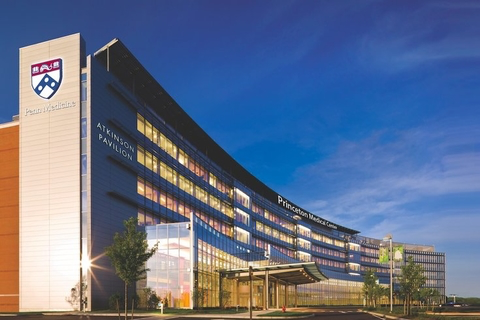
University of Pennsylvania’s health system
I ended up following nine gunshot victims outside of the clinic, and that’s the theme of my next book. It looks at their everyday lives, and the long-term health impact of gunshot survivors. The vast majority of people who get shot in street situations, like Flawless did, survive. Eighty percent, in fact. But they leave the hospital with these horrific, life-altering injuries that continue to chip away at their health and well-being. The situation is made worse by the fact that most people who are getting shot in the U.S. also don’t have health insurance or any kind of formal healthcare. They can’t get basic things, like the medical equipment they need.
As an ethnographer, I’m meant to be there with people as they experience life, to observe and share their story. But because I listen, I become an ad-hoc therapist in their minds. They would even introduce me sometimes to their friends and family as a shrink. I’d explain to them that I was a sociologist, and how that’s different, but they’d say, “I don’t care. You’re my shrink.” These people, mostly young men, don’t have anyone they can talk to. And that taught me the power of listening and being totally present when people are trying to tell me what their lives are like.
Unfortunately, the only time policymakers and the media talk about gun violence is when there’s a mass shooting in a middle-class white neighborhood. It’s terribly tragic, but it’s happening at a much higher rate in low-income, African-American, Latino and Indigenous neighborhoods—communities that are going through this trauma all the time. And their stories are never out there, front and center.
I think about them every day. And I know my work has to, in some way, help them. Now that I’m at the University of Toronto, I’m part of a dynamic intellectual community of scholars, and people who I can talk to about health, about violence, about race. All of the things that I care about are nurtured here. And my hope is that one of the students that takes my class will go on to work in government or in media or in law enforcement, and these ideas will inform their practice.
I used to be focused on climbing the academic ladder, and investing my intellectual energy on publishing in academic journals. I still have great respect for that trajectory, but now I realize that the most important thing I can do as an academic is shed light on this suffering, this inequality, and hopefully change the public discussion and policies around gun violence in the United States.
This interview has been condensed and edited for clarity.
